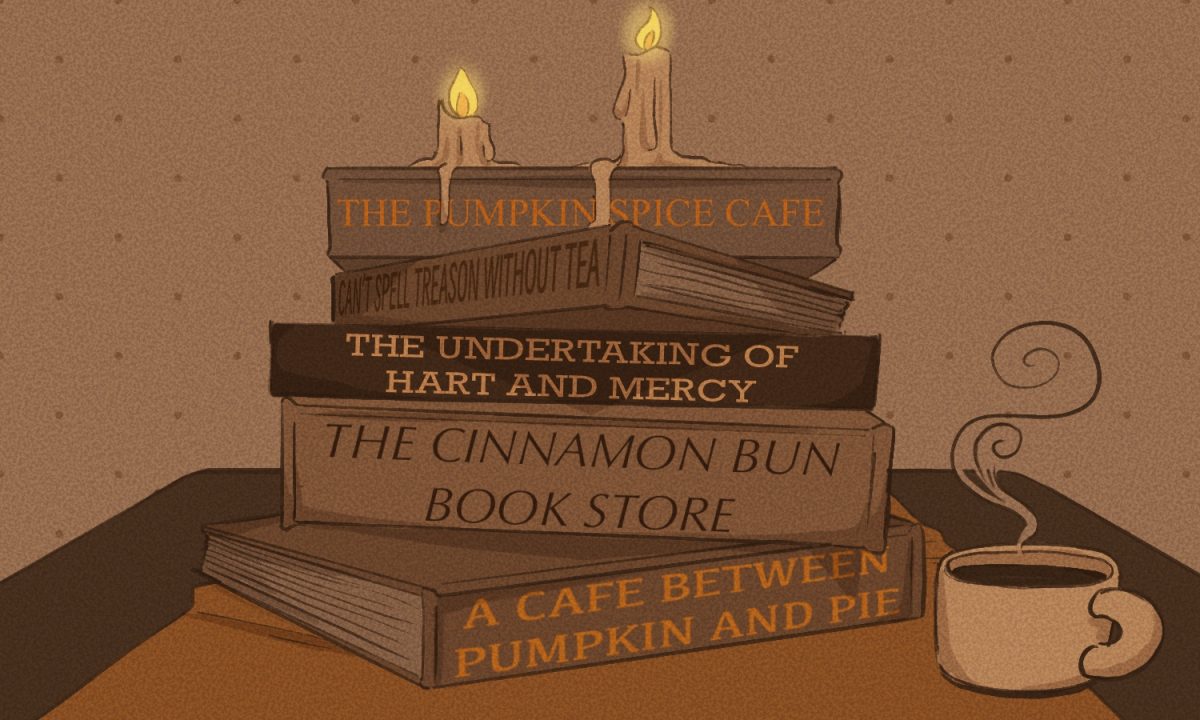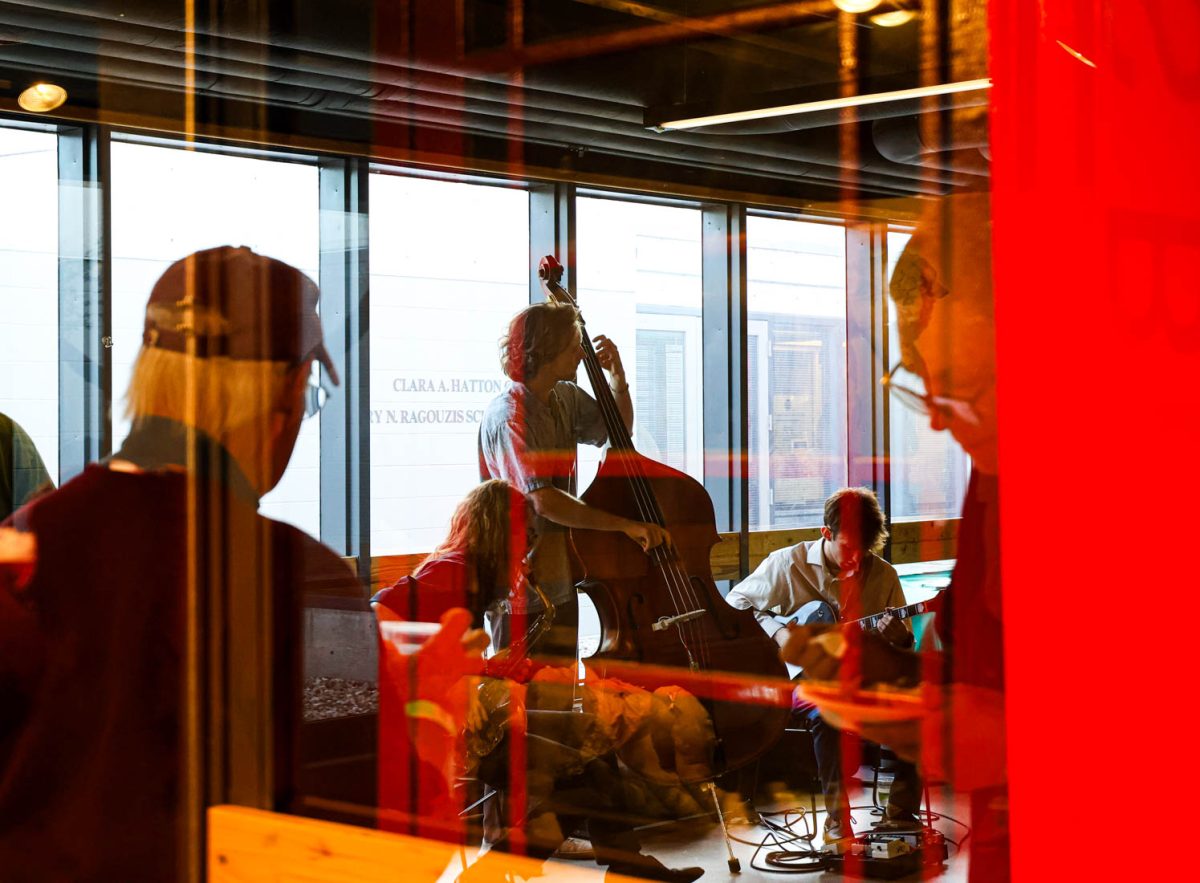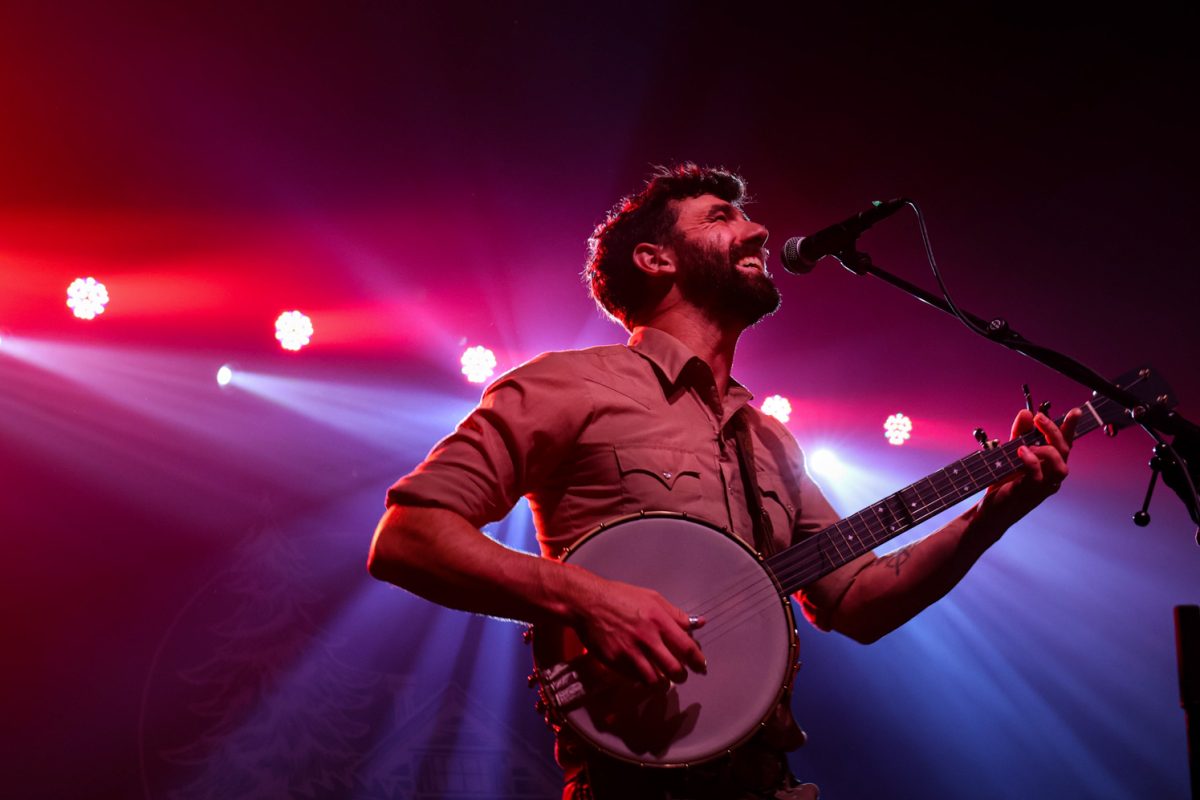Christmas music was founded within the aesthetic of tradition; simple melodies and timbres are pleasing to the ear and invoke warmth, hospitality and kinship.
The most accessible Christmas music comes in the form of big-band jazz and lounge lizard singers: sultry voices of a whiskey-driven past. More traditionally, these songs have a shape as instrumental, classical or choral arrangements or, more abstractly, in the improvisational adaptations by groups like the Vince Guaraldi Trio and the Trans-Siberian Orchestra.
What separates Christmas music from other forms of music is its ability to adapt to different genres and the even flow of contemporary styles of music. Still, some artists are able to prove that Christmas music does not necessarily have to look like a present trapped in a perpetual office white elephant, and few do that in a way that’s more abstract and jarring than Julian Koster in “The Singing Saw at Christmastime.”
The singing saw is an off-kilter and haunting instrument, with roots tracing back over 150 years. The instrument has been found frequently in American folk music, from 19th century Appalachia to the vaudeville-inspired gilded age and roaring ’20s.
The singing saw is played by placing a hand saw tightly between the legs and drawing a well-rosined bow across the thin part of the blade, bending the saw to produce different pitches.
Despite its popularity in contemporary American music dwindling after the early 20th century, the singing saw’s resurgence came in the late 1990s through the music of Neutral Milk Hotel, the project of singer-songwriter Jeff Mangum.
In 1998, the band released “In the Aeroplane Over the Sea,” a monumental record in the world of indie and alternative rock. Of the artists who contributed to the project, few were as instrumental to the album’s noisy and abstract sound than Koster, who contributed performances of the singing saw, bowed banjo and the Lowrey Wandering Genie organ.
‘The Singing Saw at Christmastime’ … is a crash course on musical ingenuity and imagination.”
Koster’s delicate and often haphazard musical sensibilities come into full effect in the brittle and irking atmosphere of “The Singing Saw at Christmastime.” The record begins with a two-part harmony of singing saws on “The First Noel,” in which Koster creates chordal beds of sound for the lead saw to dance over in an ethereal and unsettling rendition of the song.
The warbly timbre of the singing saw takes up a unique sonic space on “Frosty the Snowman,” performed with a single saw. “Silent Night” is a rich duet of saws that complement each other and create a cacophony of noise in an intense battle to stay in tune with one another.
On tracks like “Santa Claus Is Coming To Town” and “Silver Bells,” the eeriness comes from the fact that few of the songs on the record reach past the three-minute mark, with solo arrangements that feel indelible and musically ambiguous.
The awkward and feeble saw often struggles to become something bigger than itself, making for some songs that are often difficult to listen to for those with perfect pitch. The payoff, however, comes in the intimacy and vulnerability shown by Koster consistently throughout the record.
Koster’s arrangement of the Bing Crosby classic “White Christmas” is far from the music that consumes the shallow space under shouting in the car on the way home from selecting the perfect Christmas tree. It is noisy and unorganized, utilizing beds of root tones that drone under a lead that chokes and struggles to make it through the musically complex tune.
“O Holy Night” possesses the same need for the saw’s true voice, as an instrument that can be beautiful and graceful, to come out as it retches in the form of often out-of-tune notes that make up the central melody, contrasting with the album’s ending track. “We Wish You a Merry Christmas,” another a cappella performance by Koster, ends a dizzying sense of dissociation present throughout the whole album.
“The Singing Saw at Christmastime” is arguably the most unorthodox approach within the canon of Christmas music, and, for many, it is the first time a person will actually hear a singing saw and recognize what it is. More than that, the record is a crash course on musical ingenuity and imagination.
Koster’s talent exceeds far beyond the seemingly simplistic arrangements of familiar songs found on “The Singing Saw at Christmastime.” In an NPR Tiny Desk Concert for Koster’s other project, “The Music Tapes,” Koster demonstrates how the instrument is the perfect companion to his nervous, excited and doddering demeanor.
The singing saw is a very jarring instrument, one that might be mistaken for an animal in pain or a particularly squeaky pair of wet boots on a linoleum floor. In the right hands, it becomes an instrument capable of a displaying a truly unique identity and, in the case of “The Singing Saw at Christmastime,” a vehicle capable of capturing the potential of the holidays in a package that is as exciting as it is confusing and longing for acceptance.
Score: 8.9/10
Matt Campbell can be reached at entertainment@collegian.com or on Twitter @mcampnh.







